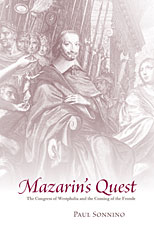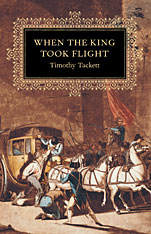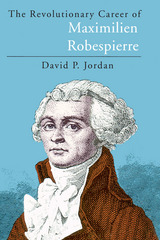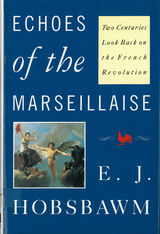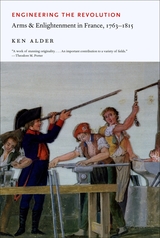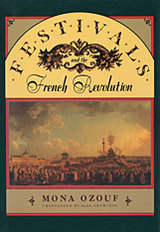Representing the French Revolution: Literature, Historiography, and Art
Brandeis University Press, 1992
Paper: 978-0-87451-586-2
Library of Congress Classification DC147.8.R37 1992
Dewey Decimal Classification 944.04
Paper: 978-0-87451-586-2
Library of Congress Classification DC147.8.R37 1992
Dewey Decimal Classification 944.04
ABOUT THIS BOOK | AUTHOR BIOGRAPHY | REVIEWS
ABOUT THIS BOOK
Why is the anniversary of the French Revolution celebrated on July 14, the day the Bastille was stormed, rather than on August 26, the day the Declaration of the Rights of Man was signed? Why don’t the French do as the Americans, who see their revolution epitomized by the signing of the Declaration of Independence? “There is surely something to be learned from contemplating the difference between these two ways of representing a revolution,” writes James Heffernan. In this volume, he and 13 other distinguished scholars consider representations of the French Revolution in literature, historical narratives, and art as central to understanding it. Challenging the idea that history is a body of fact separable from fictions wrought by literature and the visual arts, they show that study of a major historical event inevitably leads to study of representation.
See other books on: Foreign public opinion, British | French Revolution | Literature and the revolution | Revolution, 1789-1799 | Western
See other titles from Brandeis University Press

